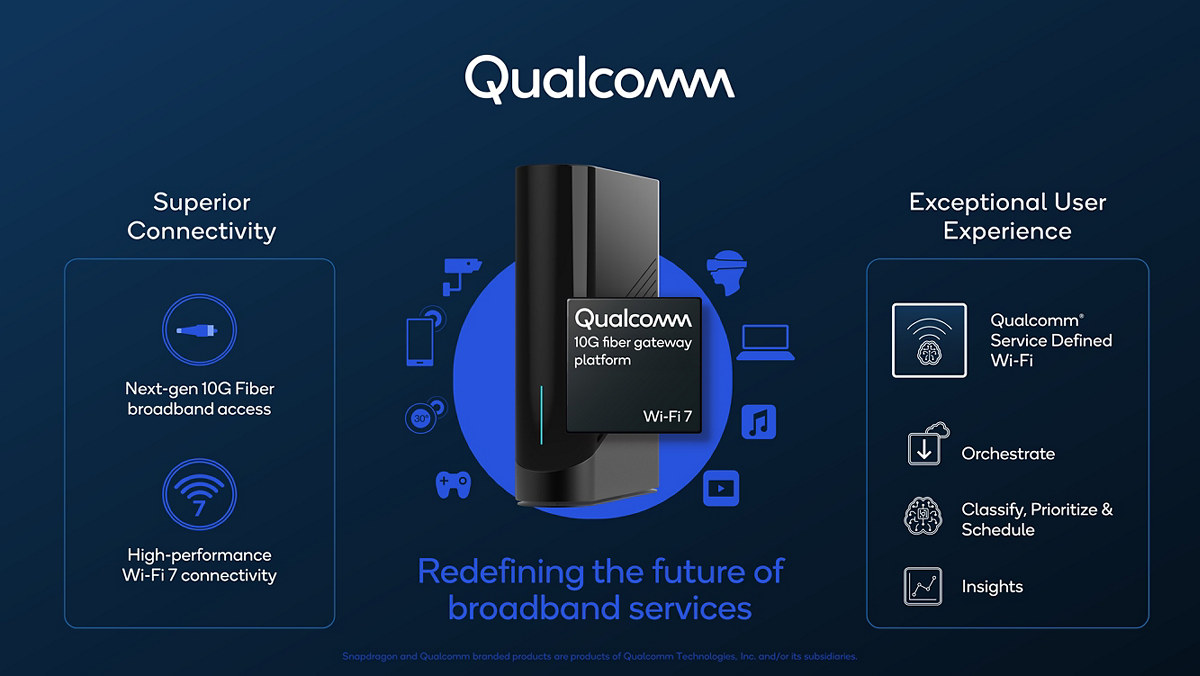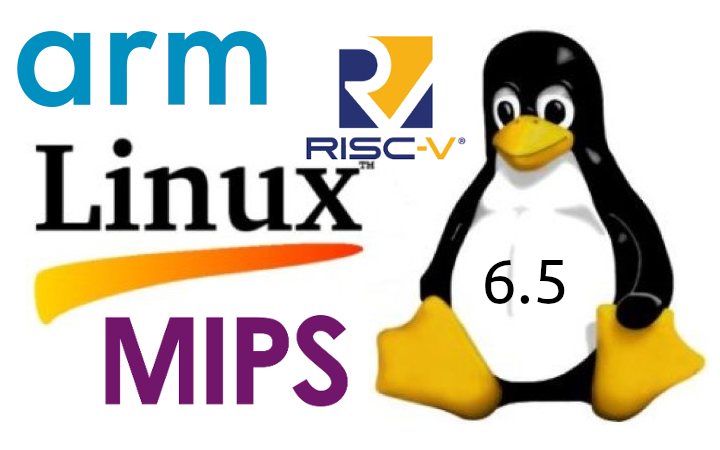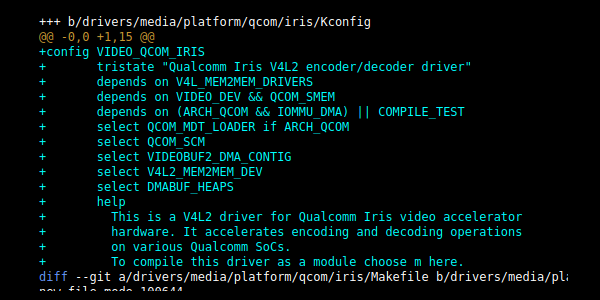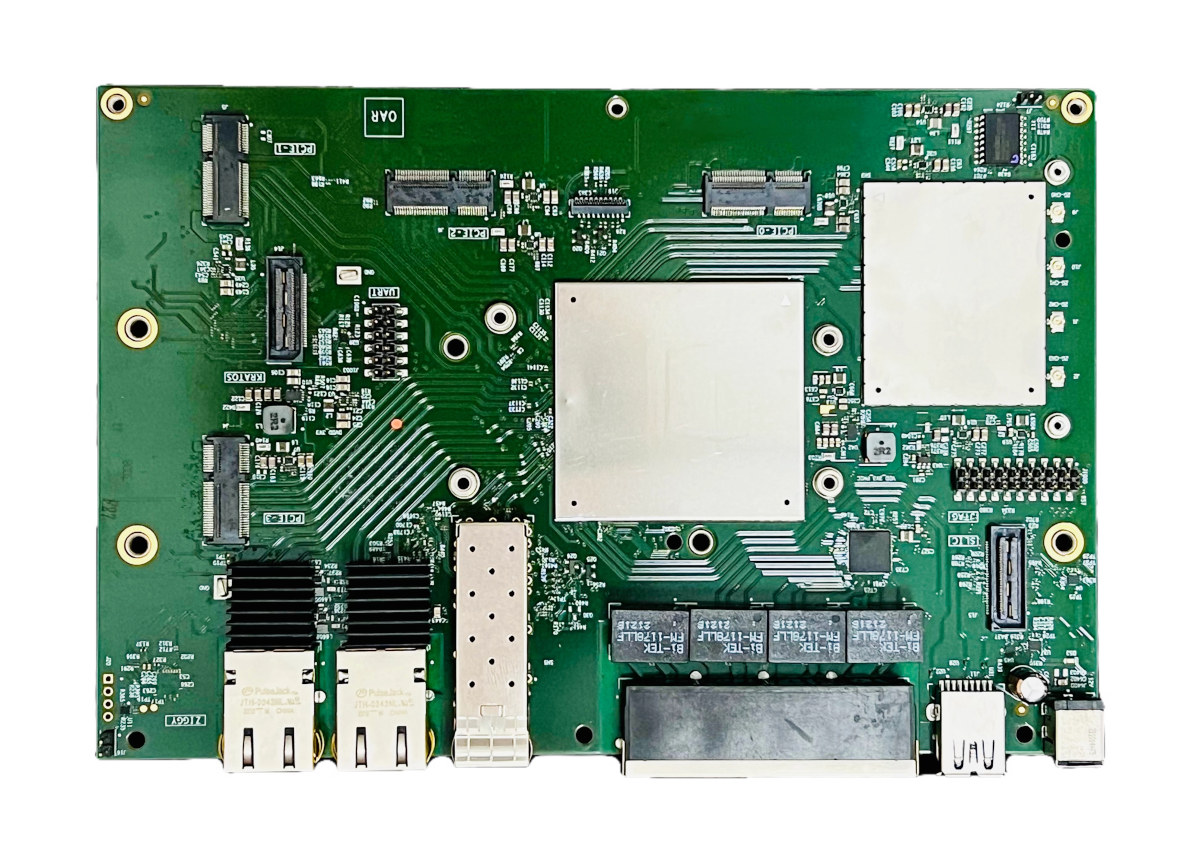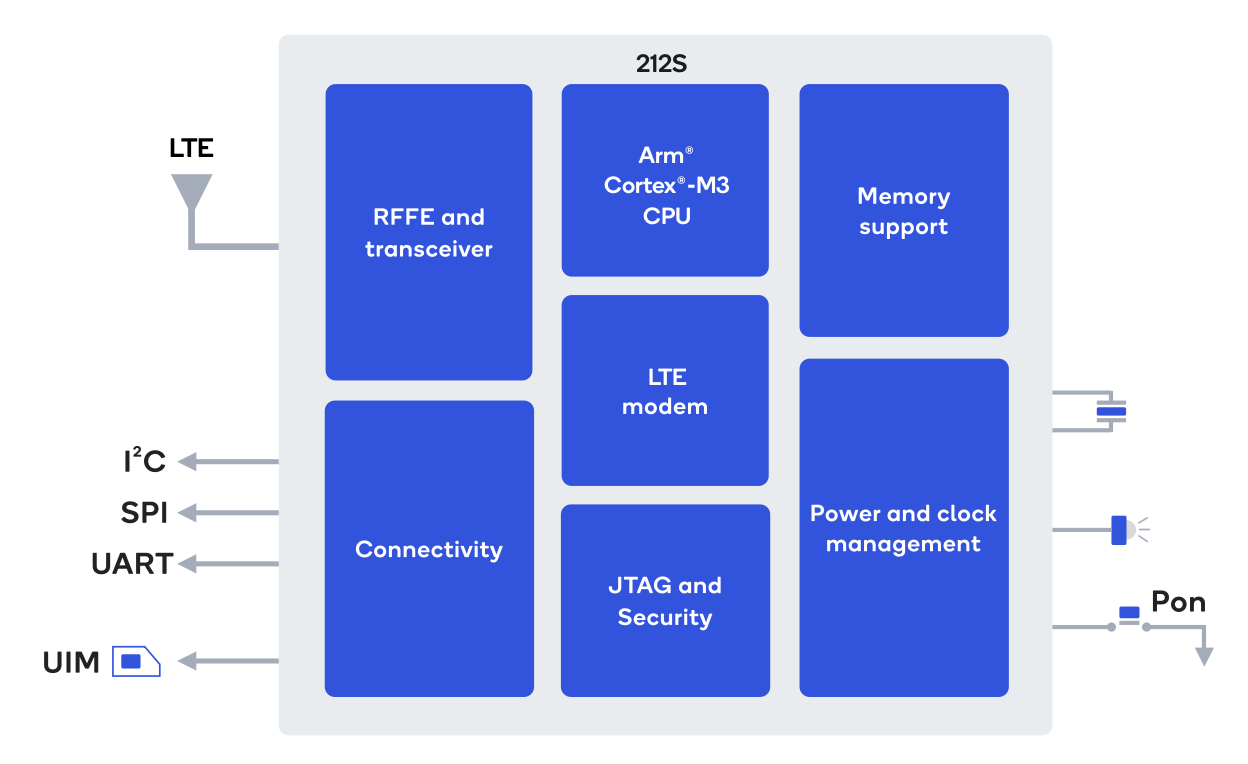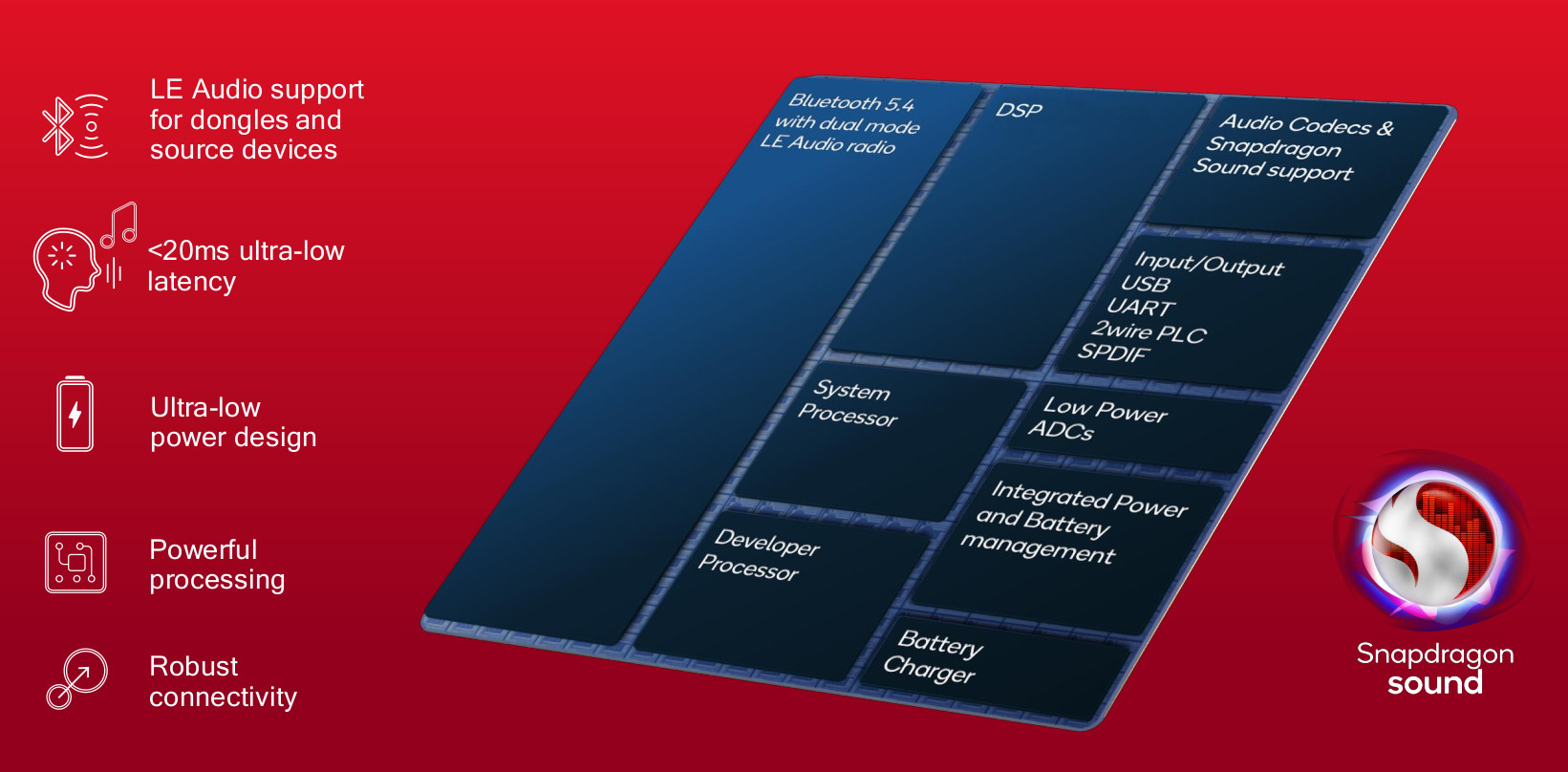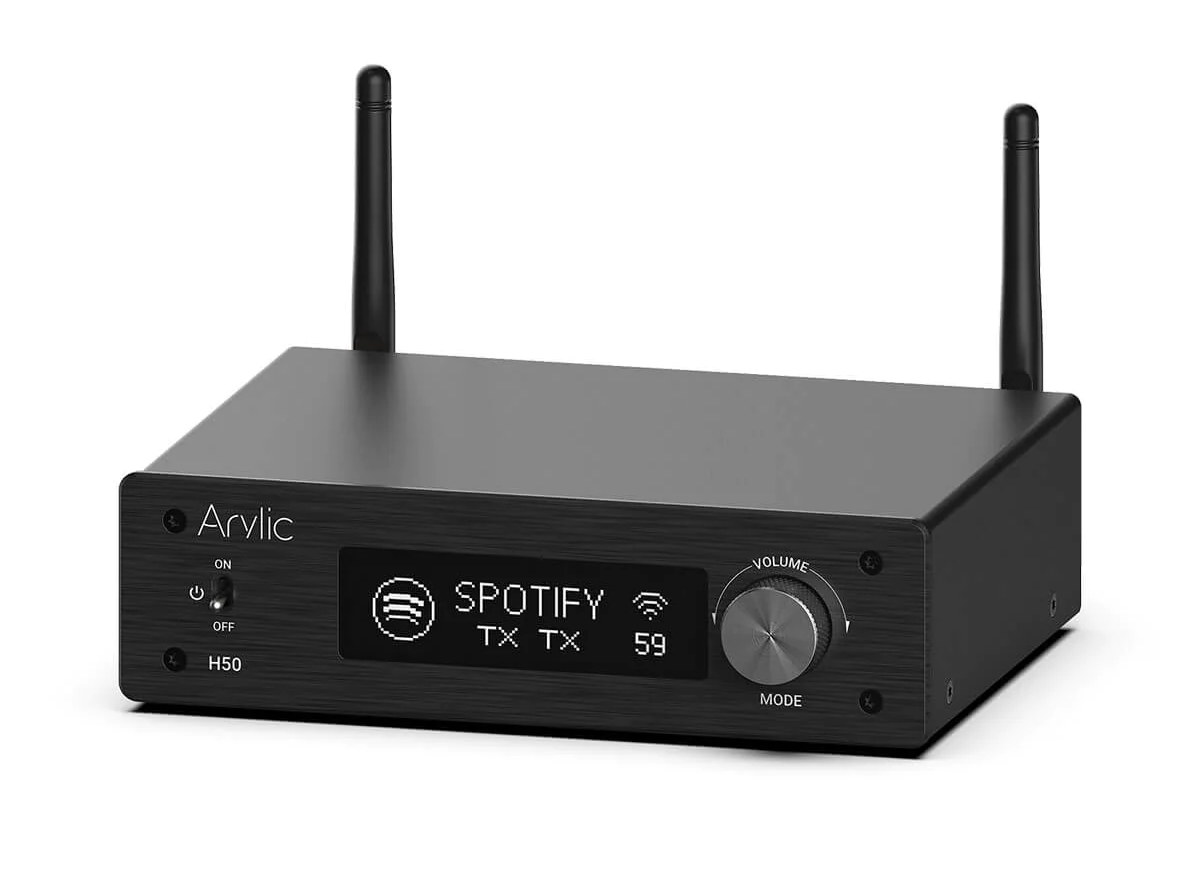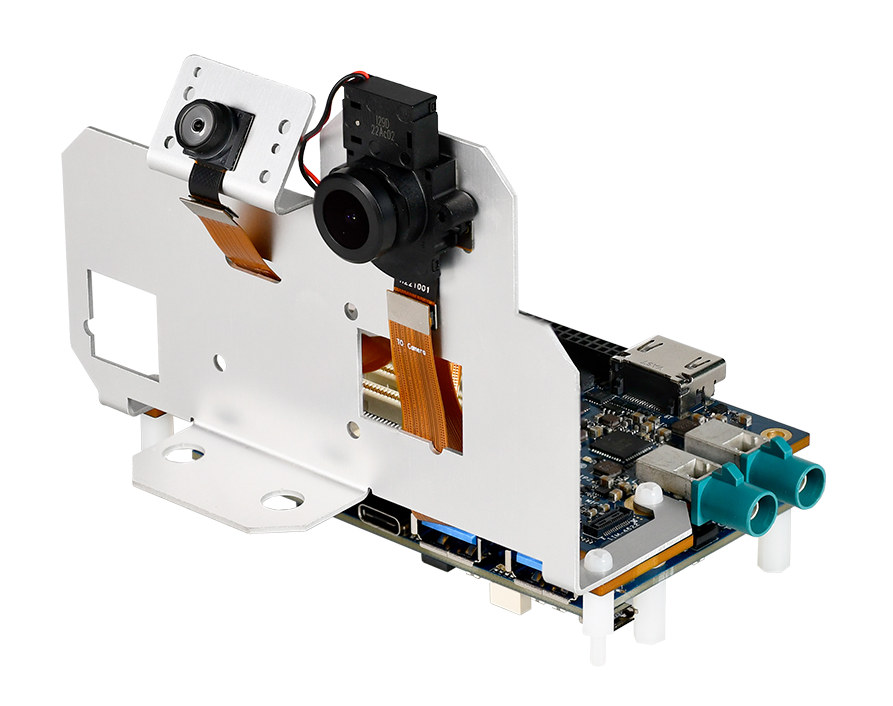Qualcomm 10G Fiber Gateway Platform combines 10G Passive Optical Network (PON) technology with Wi-Fi 7 connectivity to deliver 10 Gbps Internet speed to the home. The platform also supports “Service Defined Wi-Fi technology” to enable cloud-to-device quality of service. It seems it was only a few years ago that we talked about 1 Gbps broadband Internet speed, but some companies like Sonic already offer 10 Gbps fiber optic internet to residential customers in the US. That means we’ll need powerful CPEs to deliver 10 Gbps speed to the home and distribute them through the home through multi-gigabit Ethernet and/or WiFi 7, and Qualcomm 10G Fiber Gateway Platform aims to address this market. Qualcomm 10G Fiber Gateway Platform specifications: CPU – Unnamed quad-core processor Passive Optical Network Deployment types: XGS-PON Residential Gateway (HGS/ONT), XGS-PON SFU ONU, XGS-PON SFU+ ONU Peak Downstream Rate: 10 Gbps Peak Upstream Rate: 10 Gbps Wi-Fi Peak […]
Linux 6.5 release – Notable changes, Arm, RISC-V and MIPS architectures
Linus Torvalds has just announced the release of Linux 6.5 on the Linux Kernel Mailing List (LKML): So nothing particularly odd or scary happened this last week, so there is no excuse to delay the 6.5 release. I still have this nagging feeling that a lot of people are on vacation and that things have been quiet partly due to that. But this release has been going smoothly, so that’s probably just me being paranoid. The biggest patches this last week were literally just to our selftests. The shortlog below is obviously not the 6.5 release log, it’s purely just the last week since rc7. Anyway, this obviously means that the merge window for 6.6 starts tomorrow. I already have ~20 pull requests pending and ready to go, but before we start the next merge frenzy, please give this final release one last round of testing, ok? Linus The earlier […]
Qualcomm Iris video decoder & encoder gets Linux V4L2 driver
Qualcomm engineer Vikash Garodia has just pushed a commit to add “Qualcomm Iris V4L2 encoder/decoder driver” to mainline Linux enabling support for H.264, H.265, and VP9 decoding, H.264 and H.265 encoding, as well as M2M and STREAMING capabilities. The Adreno GPUs found in Qualcomm SoC have been supported by the open-source Freedreno driver for several years, but this was not the case with the IP block taking care of hardware video encoding and decoding. The latest patchset addresses this issue for “Qualcomm’s new video acceleration hardware architecture”, meaning it might not work for older Qualcomm processors. The list of features implemented in the Iris V4L2 encoder/decoder driver: Centralized resource and memory management. Centralized management of core and instance states. Defines platform-specific capabilities and features providing a single point of control to enable/disable a given feature depending on specific platform capabilities. Handles hardware interdependent configurations. Handles multiple complex video scenarios involving […]
Qualcomm IPQ9574 “AL02” router board support WiFi 7 modules, 10GbE networking
The recent Linux 6.4 release included initial support for the AL02 WiFi 7 router board powered by a Qualcomm IPQ9574 quad-core Cortex-A73 processor part of the Qualcomm Networking Pro 1620 platform with the board featuring 2GB DDR4 RAM and 256MB NAND flash. A couple of weeks ago, I was contacted by Wallystech about their DR9574 WiFi 7 board based on the IPQ9574 processor, but I ended up not writing about it due to the lack of information and low-quality photos. But it turns out it’s actually the Qualcomm AL02 reference board that’s also provided by Compex. Both companies are world-leading in the sense they offer low-quality and blurry pictures in a way that’s unmatched in the industry, but we do have some specifications, so let’s have a closer look. AL02 / DR9574 board specifications: SoC – Qualcomm IPQ9574 quad-core Arm Cortex-A73 processor @ 2.2GHz processor System Memory – 2GB DDR4 […]
Qualcomm 212S and 9205S Satellite IoT modems target remote monitoring and asset tracking
Qualcomm has just unveiled the Qualcomm 212S and Qualcomm 9205S Satellite IoT modems developed in collaboration with Skylo, an NTN service provider, to enable IoT devices connectivity across satellite and cellular networks for remote monitoring and asset tracking. At the beginning of the year, Qualcomm launched Snapdragon Satellite for two-way messaging on smartphones, but the company has now expanded its use of satellite data connectivity with the Qualcomm 212S and 9205S modems optimized for 5G IoT use cases relying on NTN (Non-Terrestrial Networks). Qualcomm 212S Satellite IoT modem Qualcomm 212S (QCX212S) modem specifications: CPU – Arm Cortex-M3 CPU @ up to 204 MHz Cellular connectivity Cellular Technology – Rel.14 LTE Cat-NB2, Rel.17 NB-IoT over NTN RF LTE low bands – B85, B5, B8, B18, B19, B12, B13, B17, B14, B28, B26, B20 LTE mid bands – B70, B25, B66, B4, B3, B2, B1, B23, N255, N256 Network Protocols – SSL, […]
Qualcomm S3 Gen 2 Sound Platform supports LE Audio and Auracast broadcast audio
The Qualcomm S3 Gen 2 Sound Platform (QCC5181) is a Bluetooth 5.4 audio solution designed for dongles and adapters with ultra-low latency (<20 ms) and support for the latest LE Audio and Auracast broadcast audio standards. The platform was introduced last year, but the company says it has now launched a “newly enhanced solution” optimized for gaming that “combines Snapdragon Sound and LE Audio to deliver ultra-low latency of less than 20ms for lag-free wireless audio with voice back-channel for in-game chat”. The new solution also focuses on USB dongles and adapters since few hosts support Bluetooth 5.4 at this time. Qualcomm S3 Gen 2 (QCC5181) Sound Platform specifications: CPU – Dual-core 32-bit microcontroller clocked at up to 80 MHz DSP – Qualcomm Kalimba DSP @ 240 MHz with 384 kB program RAM, 1,024kB data RAM Storage – External QSPI flash Connectivity Bluetooth 5.4 qualified Bluetooth Low Energy, Bluetooth Classic, […]
Arylic H50 wireless stereo amplifier supports Airplay2, Amazon Alexa (Sponsored)
Arylic H50 is a new wireless stereo amplifier with an ESS9023p Sabre DAC and support for Airplay2, Amazon Alexa, and services such as Spotify Connect and Tidal Connect. It offers dual-band WiFi 4 connectivity, and Bluetooth 5.2 audio support through a Qualcomm QCC3040 SoC with aptX HD, supports 50W stereo speakers, and plenty of audio input sources from analog and digital audio ports to HDMI ARC, as well as NAS (DLNA) function and USB mass storage. Arylic H50 specifications: SoC – Qualcomm QCC3040 with 32-bit application processor @ 32 MHz, 32-bit system processor @ 32 MHz, Kalimba DSP @ 120 MHz, Bluetooth 5.2 and aptX HD support. DAC – ESS9023p Sabre DAC Display – 2.23-inch OLED display panel Connectivity 10/100M RJ45 port Dual-band (2.4GHz/5.0GHz) WiFi 4 (802.11 b/g/n) Bluetooth 5.2 with up to 15m range, suppport for aptX-HD, aptX-LL, aptX-AD, SBC, AAC Streaming Protocols – Works with Alexa, Spotify Connect, […]
Qualcomm Robotics RB1 and RB2 development kits launched for $199 and up
We quickly mentioned the Qualcomm Robotics RB1 and RB2 development kits in our post about Lantronix Open-Q 2210RB and 4210RB SiPs mostly to complain about the lack of information at the time. But things have changed the Qualcomm Robotics RB1 and RB2 devkits for cheaper, smaller Linux-powered robots with lower power consumption are now available, and we have more details with three options: Core Kit, Vision Kit, and Full Kit. So let’s have a closer look. All kits are based on the Qualcomm Robotics RB1/RB2 Core Kit with the following (preliminary) specifications: System-on-module RB1 – Thundercomm TurboX C2210 SoC – Qualcomm QRB2210 CPU – Quad-core Cortex-A53 processor at up to 2.0 GHz GPU – Adreno 702 GPU at 845 MHz with support for OpenGL ES 3.1, Vulkan 1.1, OpenCL 2.0 Hexagon QDSP6 v66 DSP 1080p 30 fps encode / 1080p 30fps decode System Memory – 1GB or 2GB LPDDR4 Storage […]


